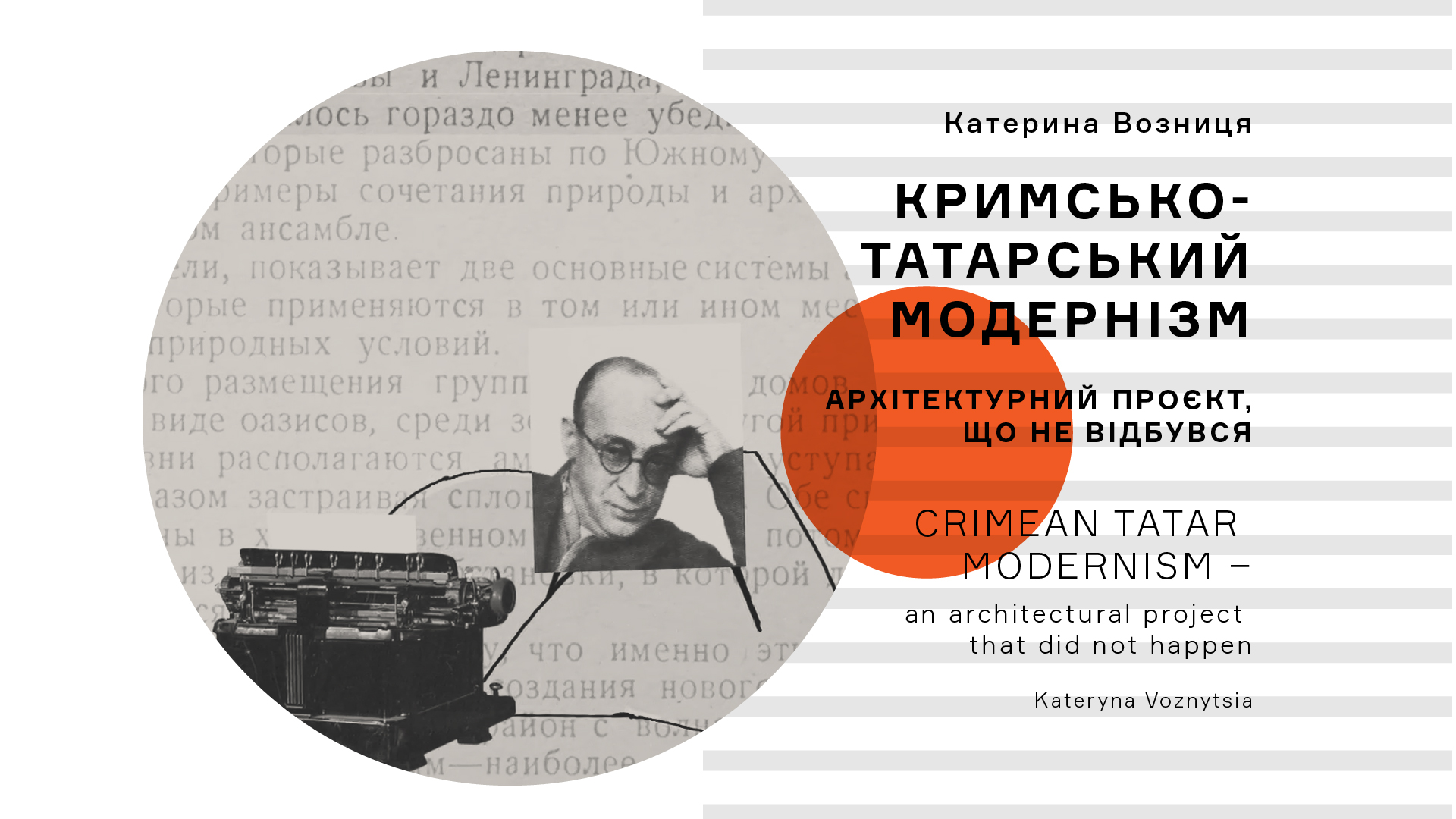What is the architecture of Ukraine – fortresses or barns, huts or Khrushchev-era houses, palaces or ruins, tourist sites or developers construction sites? Or maybe it's architectural styles – baroque, classicism, modernism, brutalism, postmodernism? Or maybe it's all just beams and bricks?
As multifaceted and complex as Ukraine's architectural heritage is, as poor and monotonous are the ways in which it is represented. Old schemes of interpretation are unable to provide new answers to the questions posed by modern society. Using them, we fall into an endless cycle of repetition of the same mistakes: "Manu facta manu distruo" ("that which is created by hands, is destroyed by hands").
In contrast to formal and informal databases, we offer another type of encyclopedia – created by a specific group of people with their own worldview, principles and methods, without being limited by the influence of any institutions. An encyclopedia that is not an end in itself, but only an instrument of cognition.
Denis Diderot saw the encyclopedia as a bridge in time, as a way to convey the experience of reality through the optics of a caring encyclopedist. However, experience is not always about "successful cases" and won battles. It's more about ways to deal with problems, mistakes and defeats. There can be no solution without a problem, and there can be no architecture without solutions.
The Encyclopedia of Architecture of Ukraine is a critical project based on a problem-based approach. In it, the categorical principle of systematization of information corresponds to the brightest and most painful issues that Ukrainian architecture works with. After all, the essence of the architect's activity is to find a form of solving social problems. When individual problems grow into noticeable complex phenomena, the forms are combined into archetypes (architectural typologies). Such fundamental socio-political categories as "power", "labor", "resource", "migration" materialize in the architecture of squares, factories and power plants, social housing and master plans of cities. In accordance with the basic laws of architectural drawing, the categories are located in the main line of our exhibition – a kind of central axis, along which the drama of the exhibition unfolds. At the same time, the categories are grouped into three semantic blocks: state, economy, right.
However, the theory is behind reality, which by its examples in some cases destroys harmonious abstract structures, and in others – reinforces. We collected characteristic and, at the same time, contradictory cases from the history of Ukrainian architecture and divided them according to the chronological principle. Thus, parallel to the main line, two more axial lines were formed – "yesterday" and "today", and each of the categories also forms its own transverse axis, along which the past through a common theoretical issues begins a dialogue with the present.
At the intersection of the longitudinal and transverse axes appeared a classic orthogonal "grid" 15 × 3. The grid is a basic tool of architectural graphics, the quintessence of the structure on which the building elements are strung. Problems, processes, stories of architects are also "strung" on the framework of our exposition. The structure of the encyclopedia sets the direction of the processes and creates a fairly wide range for experimentation and reflections. As a result of this combination of freedom and structure, a whole system of multilevel opposition is created according to the principles of dialogue, with main lines, chains and branches. We hope that our encyclopedia will be supplemented, continued, changed, will find new focuses and perspectives, will look for topical issues.
The general picture of the project has multiple perspectives – from large-scale to small, from theorizing to humanistic dimension. The architectural landscape of Ukraine, like a mosaic or collage, creates an intricate, multi-layered palimpsest. And many voices – polyphony. The macro level is contrasted with the micro level – local, personal histories of the relationship with architecture. And here the key is not only what and how we talk, but also about whom and with whom. We try to look where they don't usually look, to give a platform, the right to vote to those who aren't usually talked to, to see something more behind the walls. Which, perhaps, is much more outstanding and beautiful than bricks and beams. After all, architecture is not walls, it is people!
Such an encyclopedia is one of the tools to find an answer not only to the question "What is the architecture of Ukraine?", but also "What is our reality?". But one should not expect ready answers from the "Encyclopedia of Architecture of Ukraine". Instead, it raises questions that raise new questions, offers a critical look at the tangible and intangible in architecture. It is not a static collection of definitions, but one of the ways of reaction, interpretation and reflection of reality.
We have taken the first step into the untouched field of Ukrainian architectural criticism and the revival of the tradition of architectural debate. And the logical continuation will be your move – to respond to our call with your own position and arguments.

































